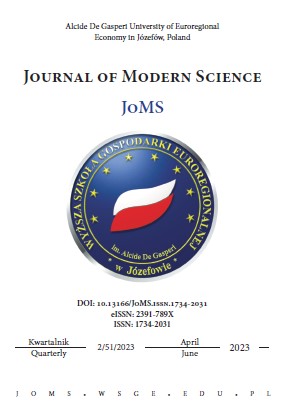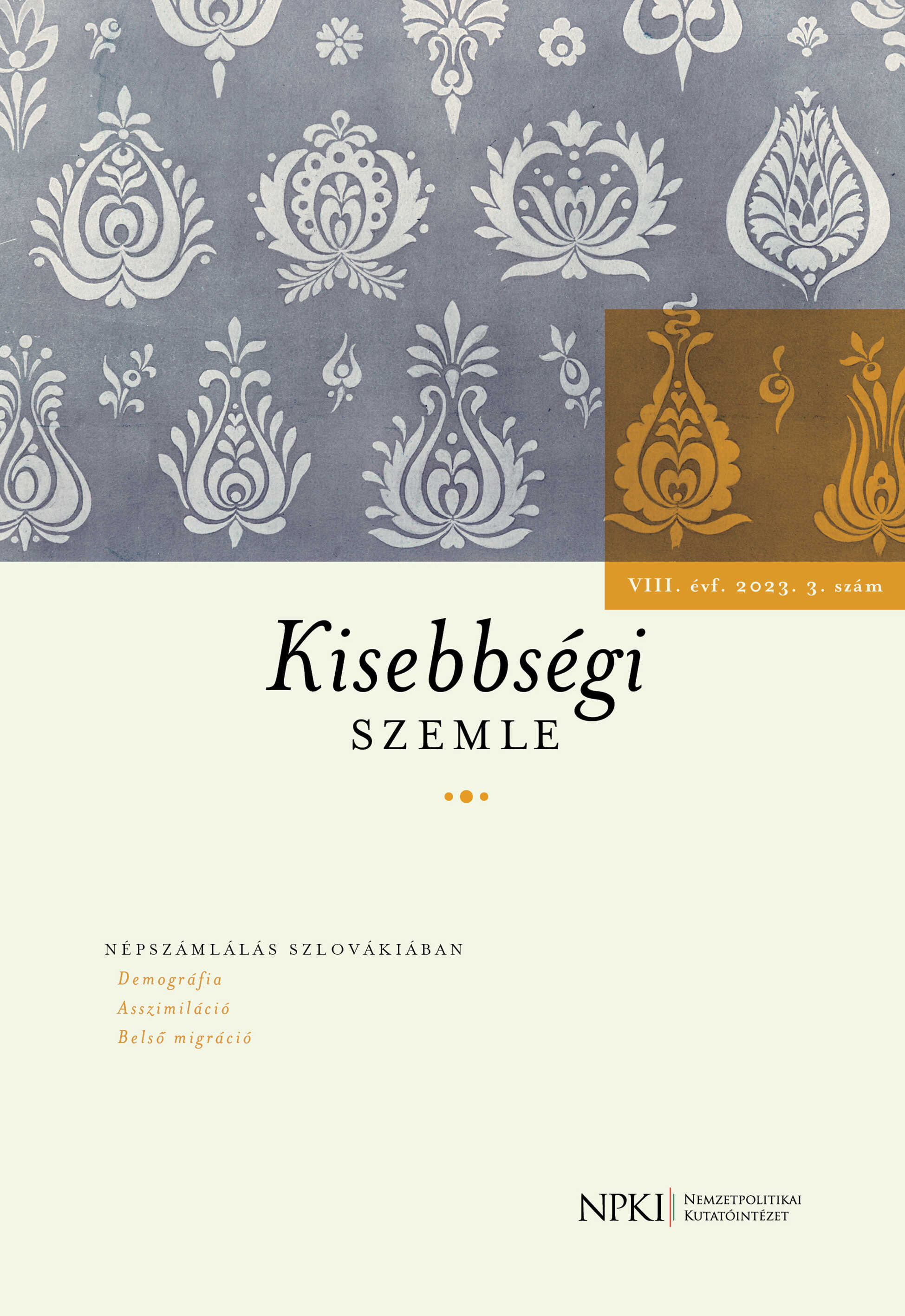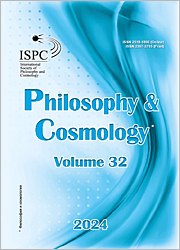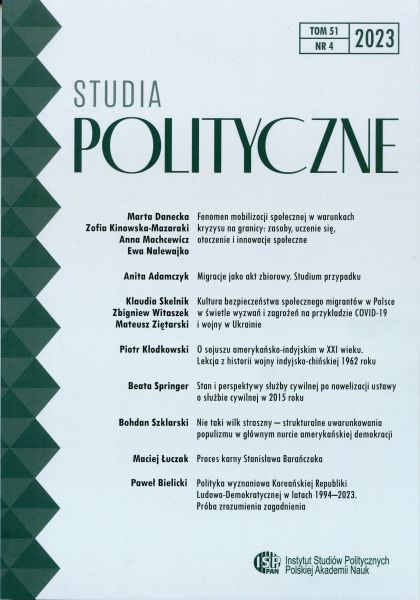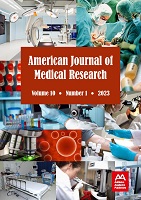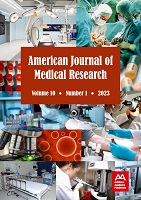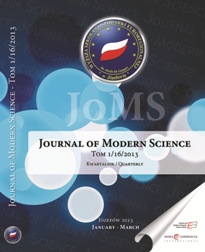
Sylwetka społeczno-demograficzna osób żyjących w pojedynkę - raport z badań nad fenomenem singli.
In modern sociology of family singles, defined as people who have no life partners, are more and more present topic in sociology of modern family. On the one hand this lifestyle is declared as an alternative to marriage, it is also recognized as a danger to present, widely spread, traditional status quo, that was and still is setting up families. On the other hand singles are treated as a huge social category, leading its own lifestyle, having the same or similar values, singles very often start their own initiatives not only in internet but also and maybe mainly in real life. This group is also dedicated more and more products and services because of the fact that singles have a great purchase potential. Herewith article, reporting the research is a description of main targets and research methods, procedures, general results and conclusions about the research led on singles and their lifestyles. This research are described in a very detailed way in my PHD work where the phenomenon of singles was mainly considered from the point of view presented in the light of economic theory of human behavior by Garry Stanley Becker.
More...
